gān, gàn, qián
dry
倝 is used to represent the sound. 乙 is a distinguishing stroke.
乙 Distinguishing component
yǐ, zhé
second

Seal script
Shuowen (~100 AD)
Clerical script
Eastern Han dynasty (25-220 AD)Regular script
Moderngān
dry; first hexagram; warming principle of the sun, penetrating and fertilizing, heavenly generative principle (male); clean; in vain; dried food; foster; adoptive; to ignore
Gān
surname Gan
Qián
surname Qian
qián
one of the Eight Trigrams 八卦[bāguà], symbolizing heaven; male principle; ☰; ancient Chinese compass point: 315° (northwest)
qián
old variant of 乾[qián]
qián
variant of 乾[qián]
Freq. | Word | Meaning |
|---|---|---|
☰ | ||
yin and yang | ||
Qianlong Emperor (1711-1799), sixth Qing emperor, princely title 寶親王|宝亲王[BǎoQīnwáng], personal name 弘曆|弘历[Hónglì], reigned 1735-1799 | ||
to turn things around | ||
Qianling at Xianyang 咸陽市|咸阳市 in Shaanxi, burial site of third Tang emperor 高宗 and empress Wuzetian 武則天|武则天 |
季旭昇《說文新證》p.959-960
